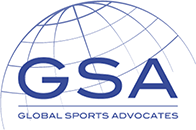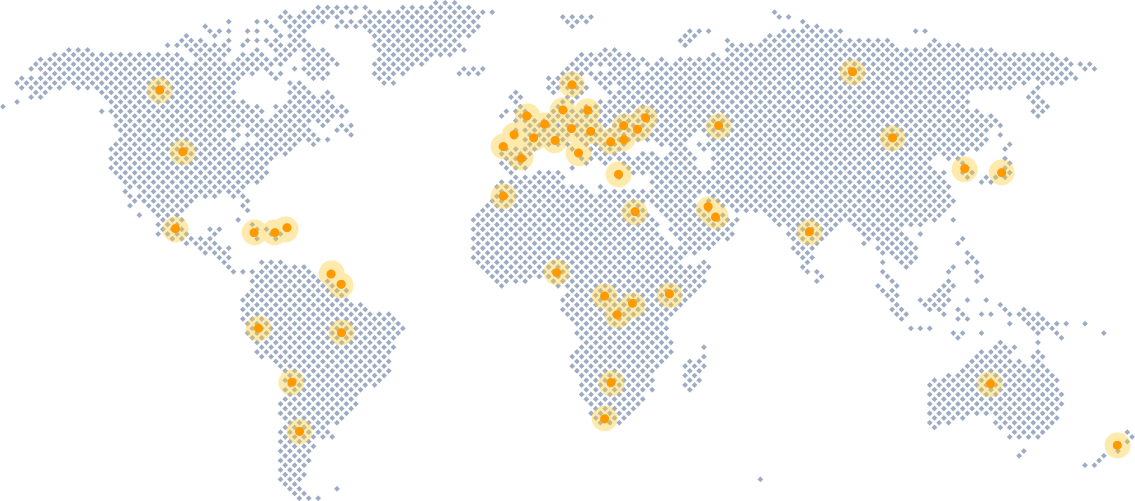
You've been struggling with a chronic injury that threatens to end your athletic career. Your physician recommends stem cell therapy to help repair damaged tissue and get you back to competition. You move forward with the treatment, feeling hopeful about your recovery.
Then you receive the devastating news. You're facing an anti-doping rule violation.
Under the World Anti-Doping Code, many forms of stem cell therapy are prohibited. Athletes often discover too late that treatments they believed were legal and therapeutic actually violate international doping rules. Continue reading to learn how stem cell therapy can lead to anti-doping rule violations and what steps Global Sports Advocates can help you take to protect your career.
Table of Contents
The Rise of Biologics and Regenerative Medicine in Sports
As the field of biologics—therapies that use natural substances from the body to heal itself—and regenerative medicine has advanced in recent years, athletes have increasingly turned to cutting-edge treatments to recover from sports injuries. Among these, stem cell therapy has become a fast-growing technique.
Stem cells, often referred to as the body’s “master cells,” have the ability to turn into a wide range of cell types and are found throughout the body. They are being explored for their capacity to repair, restore, replace, and regenerate tissues—a particularly appealing promise for athletes facing both acute and chronic injuries.
Yet, stem cell therapy remains a gray area both in terms of efficacy and legality in sport.
Understanding WADA's Prohibition on Cell Therapy
Under the World Anti-Doping Code, many forms of cell therapy are strictly prohibited under Article M3.2 of the Prohibited List, which bans “the use of normal or genetically modified cells” at all times—both in and out of competition.
This includes:
- Autologous therapies (using the athlete’s own cells)
- Allogenic procedures (using donor cells)
- Genetically modified cellular interventions
This broad classification places many common regenerative medicine procedures, including some stem cell therapies, into the category of “non-specified” methods—resulting in harsh penalties, including four-year suspensions for first-time offenses.
There are circumstances where the use of stem cell exosomes could be an anti-doping rule violation. For example, WADA’s guidance indicates that it is prohibited if (1) the exosome preparation contains red blood cells (even if by accident, such as when there are a few red blood cells remaining after most of them are filtered out) and it is then given intravenously, and (2)
If the stem cell procedure adds growth factors, hormones, or any prohibited substance to the preparation, and that enhanced preparation is reinjected back into the athlete.
Stem cell therapy can also be banned if the stem cells are modified in a way that causes the stem cells to be performance-enhancing.
Therapeutic Use Exemptions for Cell-Based Treatments
While a Therapeutic Use Exemption (TUE) can provide a pathway for using otherwise prohibited substances and methods, stem cell therapy applications involve unique challenges that make approval extremely difficult.
- Presence of a reasonable permitted alternative. Anti-doping organizations typically require athletes to demonstrate that traditional therapies have failed or are contraindicated before considering experimental or advanced treatments. In most cases, stem cell therapies have other reasonable permitted alternatives.
- Performance enhancement. Stem cell therapies, by their nature, aim to regenerate tissue and improve function, making it difficult to establish clear boundaries between therapeutic restoration and performance enhancement.
- Experimental nature. Even when medical justification appears strong, the experimental nature of many cell therapies can work against TUE approval. Regulators may view these treatments as insufficiently established to warrant exemptions from anti-doping rules—creating a catch-22 situation where promising treatments remain inaccessible to athletes precisely because they represent medical advances.
To avoid serious sanctions, athletes should consult with anti-doping authorities before starting any treatment. Never assume a TUE can be granted retroactively or that you’ll be successful in the appeal process.
Protecting Your Right to Compete After an Anti-Doping Rule Violation
Athletes facing allegations related to stem cell therapy must take immediate action to protect their competitive rights and future career prospects. The anti-doping process moves quickly, and delays in mounting an effective defense can severely limit available options and increase the likelihood of harsh sanctions. Here’s how the experienced anti-doping lawyers at Global Sports Advocates can help:
- We can secure and organize critical documentation. From the moment you learn of a potential violation, we assist in gathering and preserving medical records, treatment notes, and communications with healthcare providers.
- We can challenge unfair provisional suspensions. If you’re facing a temporary suspension, we can seek relief by showing that continued suspension would cause irreparable harm or that the supporting evidence is insufficient.
- We can work with top expert witnesses to support your case. We can connect you with leading medical and scientific experts who can testify about the therapeutic necessity of your treatment, accepted medical practices, and flaws in testing procedures.
- We can negotiate strategic settlements when appropriate. In situations where a full hearing may not be in your best interest, we lead settlement discussions aimed at minimizing sanctions.
- We can prepare strong appeals to challenge adverse decisions. If you receive a sanction, we immediately begin preparing your appeal. We identify procedural errors, present new evidence when appropriate, and advocate for reduced penalties based on mitigating circumstances.

